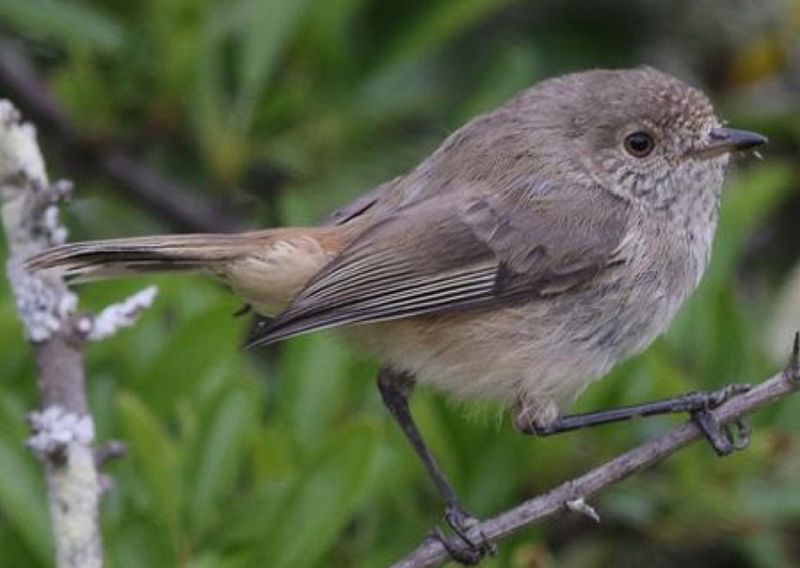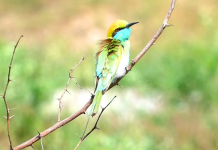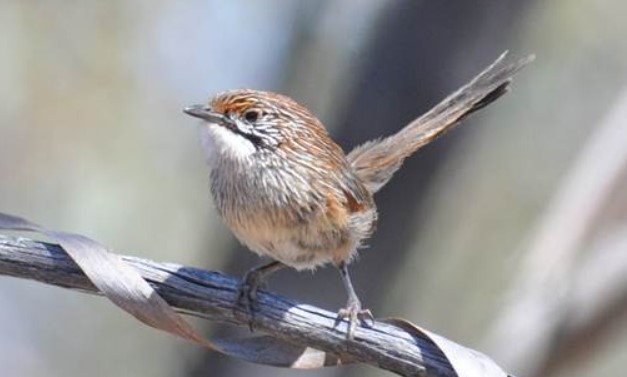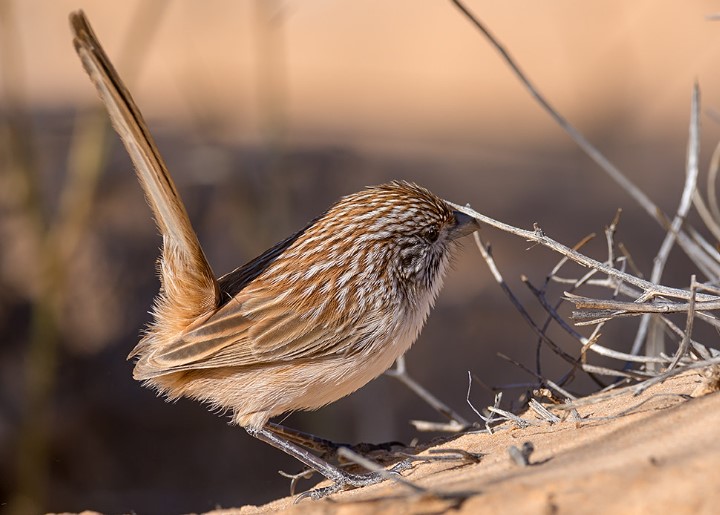The red-headed woodpecker call consists of a tchur-tchur or drumming on its territory. The bird produced a variety of cackles, chirps, and other loud and raucous calls. Their most frequent call is a loud, shrill church that is similar to the call of a red-bellied woodpecker; however, it is higher-pitched and less thumping.
While chasing one another, they play noises that sound like “charr-charr” notes. Their flight call is a low, harsh chug-like red-bellied woodpecker. Make sure that woodpeckers’ sounds aren’t called songs, but drumming is often called tattooing, rapping, and tatting. The woodpecker’s distinctiveness and diversity depend on protecting the environment; otherwise, we may lose the chatters, giggles, churring, and drumming.
The sound of the red-headed woodpecker
Red-headed Woodpeckers (Melanerpes erythrocephalus) pound on utility poles, trees, stovepipes, roofs made of tin, or even the walls of homes to repel intruders from their territory. The red-headed woodpecker sound is a loud rattling noise they make when they strike trees, which is reflected across the forest.
Red-headed woodpecker drumming involves a double sound of hammering and an erratic role similar to one of Downy Woodpecker (with one-second blasts that last between 20 and 25 beats each second, repeated three to four times). They also tap on surfaces close to the nest cavity when they are selecting a nest or communicating with their fellow nestmates.
However, the drum is a little bit weak, short, and slow. The vocalization is a wheezy “queeah” or “queerp” contact call but weaker overall. The kind of woodpecker sound, such as a relaxed drumming call note compared to an alarming chattering, may also explain the red-headed woodpecker behavior and alert birders to other activity in the area, and the tempo, distance end to end, tendency, and rhythm of woodpecker calls vary widely between species.
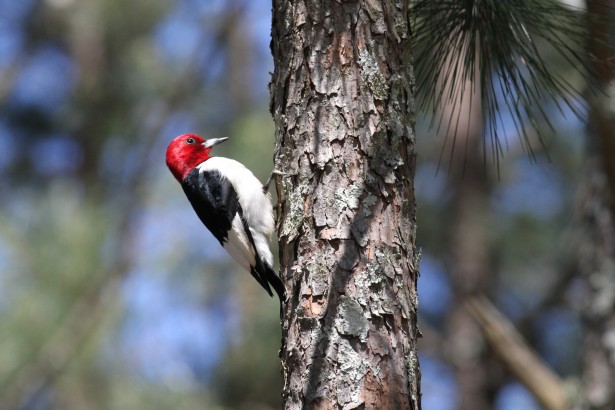
Brief Introduction
A medium-size red-headed woodpecker is mostly found in the temperate environment of North America. The vibrant woodpecker breeding habitat is usually open country across the east-central United States and southern Canada. Due to its similar size, it is often confused with the red-bellied woodpecker. In the wild, it has been observed to have a maximum life of 9.9 years.
As a vibrant red-headed bird as well as a totem, this woodpecker symbolizes strength, potential, and wisdom. It also symbolizes kindness as well as courage, foresight, and security. Naturally, the woodpecker makes a nest in holes dug between 3 and 26 meters above the ground by females and males in dead trees, live trees, utility poles, stubs, and fence posts.
The Red-headed Woodpecker’s diet habits are to consume insects and other invertebrates, as well as berries, sap, nuts, eggs, and young birds. They often fly to and catch or hunt on the ground, and even within forests (dead wood) and in shrubs. The food they eat is approximately 50 percent of their daily diet. Rarely, they will go through trees to find insects or keep food items within crevices. Young ones are fed insect spiders, worms, and fruits.
Related Reading: European Goldfinch – The Melodious Song Bird



